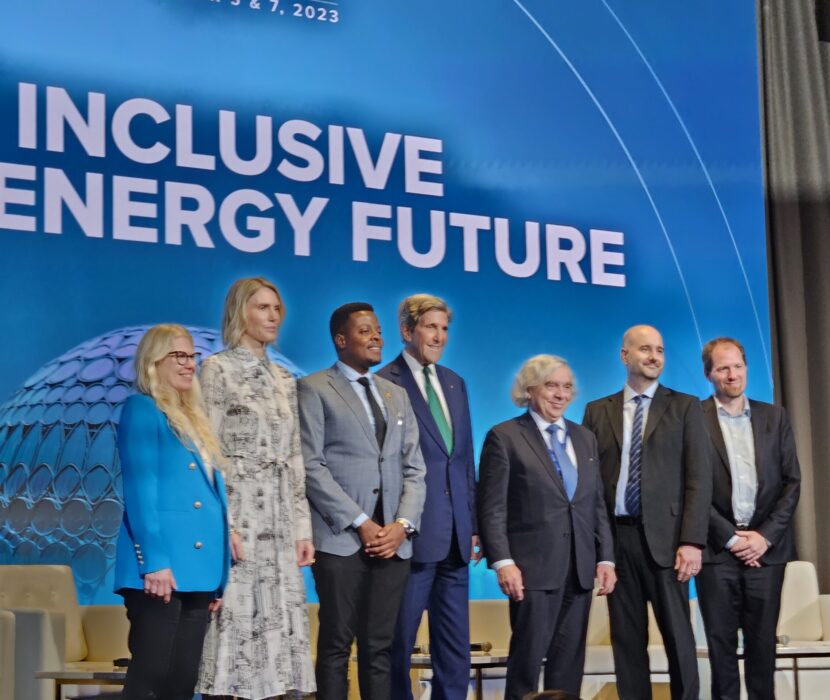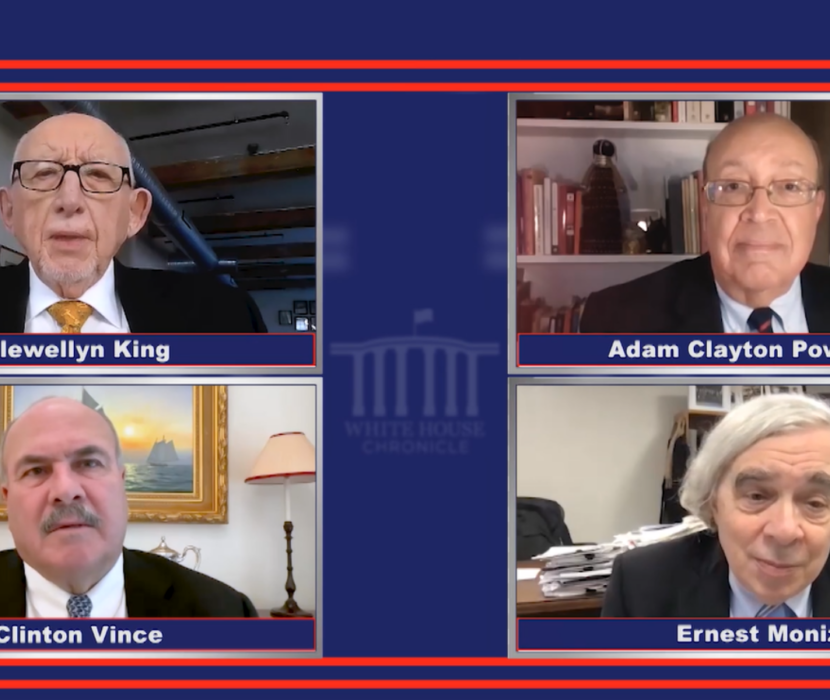Chairman Brown, Ranking Member Toomey, and Members of the Committee, I am pleased to discuss with you today risks associated with climate change and the opportunities that are presented by addressing them.
The physical, societal, environmental and financial impacts of global warming, climate change and extreme weather have become evident. If we take inflation-corrected billion-dollar extreme weather events as an indicator, the annual average over the last forty years is 7, over the last five years is 16, and in 2020 was 22. These are data, not opinions. We need to pick up the pace on the clean energy transition that lies at the heart of limiting climate change impacts if we are to not only protect economic growth but indeed to prosper in the new energy economy.
The recent events in Texas provide a sad example of the consequences of inaction. The 2021 big chill consequences could have been mitigated considerably if the elevated climate risk profile had been addressed in state policy and regulation, for example through requirements on winterization of energy assets and on load shedding protocols that reflect the electricity-natural gas infrastructure interdependency.
The financial consequences were also considerable. Balance sheets of families, businesses, utilities and military installations are badly stressed. The largest electric power cooperative in the state has declared bankruptcy, and the last shoe hasn’t dropped on rate payers, tax payers and shareholders. The point here is that we need to lean forward in addressing the realities of climate change and extreme weather.
The good news is that clean energy responses, grounded in technology, policy and business model innovation — which the US excels at — will present economic and environmental opportunity and needed infrastructure renewal.
First, we need a decade of supercharged clean energy technology innovation — starting now. The portfolio must be “all of the above”. This includes large scale CO2 management — carbon capture, utilization and sequestration and CO2 removal from the atmosphere and upper ocean layers, advanced nuclear technology — both fission and fusion, long duration energy storage to underpin the greatly expanded use of wind and solar, low carbon fuels, hydrogen and more.
The full portfolio of clean energy solutions will provide maximum optionality and flexibility to meet regional needs. Indeed, we should be supporting regional innovation initiatives tailored to a region’s resources and needs.
Second, this innovation thrust needs to be paralleled by a focus on infrastructure modernization. Building out a smart electric grid is critical. But we also need CO2 and hydrogen infrastructures, on-shore infrastructure to support major off-shore wind expansion, electric vehicle charging infrastructure in urban, suburban and rural settings, and more.
Third, all of this provides major quality job growth opportunities. Energy sector job growth, pre-COVID, was double that in the economy as a whole. The median wage in the energy sector is 34% greater than that in the broader economy, with unionized jobs leading the way. Building out the clean energy economy is especially critical as we dig out of the COVID-induced employment hole.
Fourth, we need to develop secure supply chains as we develop the new energy economy. An example is provided by critical minerals and metals that are needed for many clean energy technologies, such as batteries or off-shore wind turbines. We need environmentally responsible mining domestically, recycling, and substitution by earth-abundant materials, all of which call for innovation. Similarly, we need to rebuild a domestic supply chain for Generation IV nuclear reactors and for meeting national security needs.
Finally, we note that business has played a major role — even if often overlooked –in moving the needle on decarbonization.
· More than 300 businesses and investors called on President Biden to announce 50% emissions reductions by 2030, and that’s what the President has pledged on Earth Day
· More than 200 US companies committed to net-zero by 2050, including 70% of the 30 largest utilities
· US automakers committed to an EV transition.
The bottom line is that business is a great leading indicator of how capital will be deployed for business models looking ahead years and decades. Many of our most successful companies have committed to a deep decarbonization trajectory as making the most business sense.
One important direction is that of enhanced climate change risk disclosure, which aligns with the strong ESG initiatives of investors such as BlackRock, Vanguard and State Street. This was called for in the groundbreaking CFTC report last year. Business, governments and banks clearly view climate risk internalization as essential for properly informing investment choices by large institutions and individual investors alike.
Mr. Chairman, ranking member Toomey and members of the Committee, I look forward to your questions.
(Share this post with others.)




